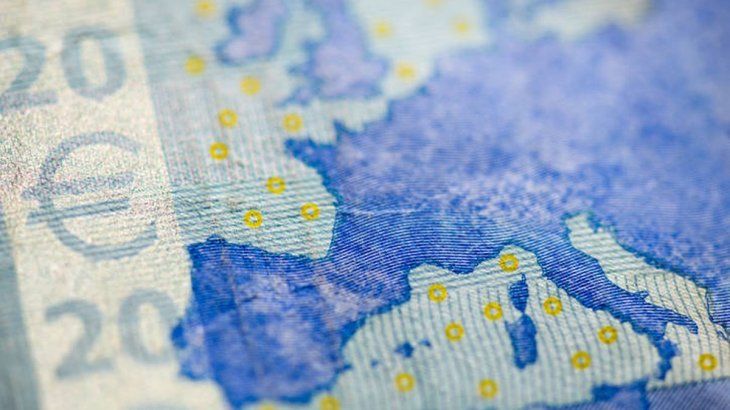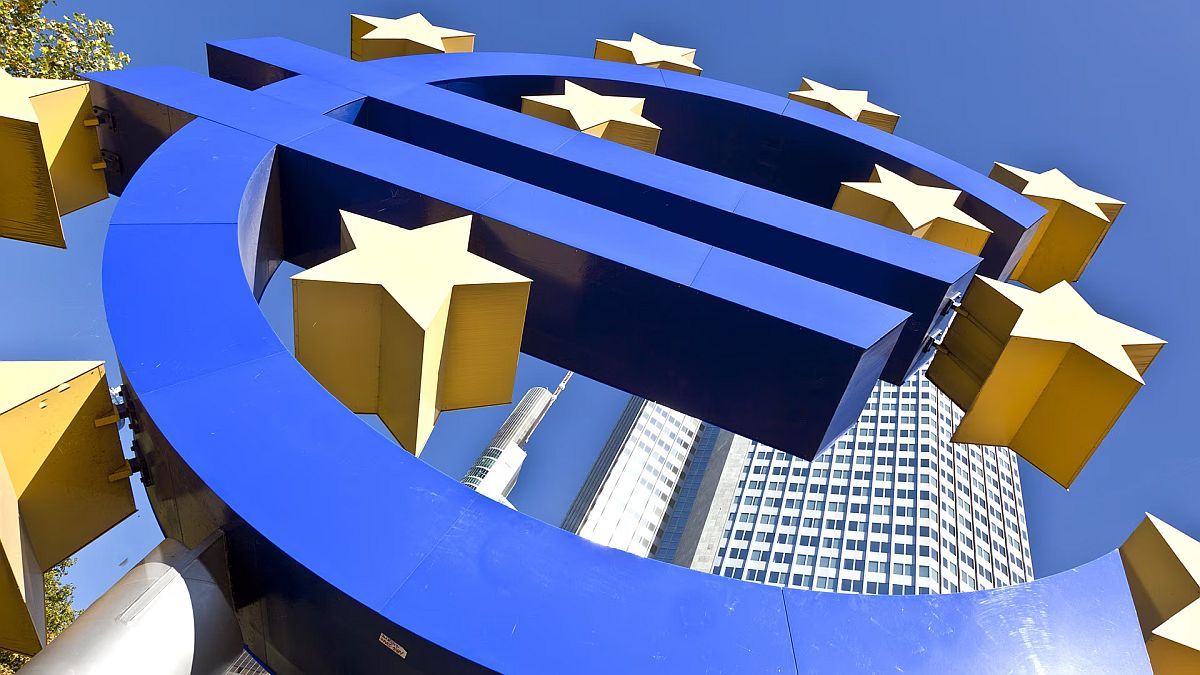In May, inflation fell nine tenths compared to the previous month, according to official sources. Which are the countries that registered more inflation?
The price rise loosens its march in the euro zone. In May, inflation fell nine tenths compared to the previous month, with which the Consumer Price Index (CPI) was placed in the 6.1%according to the estimate of Eurostat, the community statistical office. It represents its lowest level since February 2022coinciding with the Russian invasion of Ukraine.
The content you want to access is exclusive to subscribers.
Leaving out of the calculation the impact of energy, food, alcohol and tobacco, the Underlying inflation achieves two consecutive months of moderation by standing in the 5.3% from 5.6% in April. Excluding only energy, the rate falls to 7%, compared to 7.4% the previous month.


Looking at the main components of inflation in the Eurozone, food, alcohol and tobacco are expected to register the highest annual rate in May (12.5%, compared to 13.5% in April), followed by of non-energy industrial goods (5.8%, compared to 6.2% in April), services (5%, compared to 5.2% in April) and energy (-1.7%, compared to 2.4 % of April).
Which are the countries with the highest inflation rates?
By countries, the higher inflation rates are registered in Latvia and Slovakia (12.3% each), Estonia (11.2%) and Lithuania (10.7%), while the lower price increases correspond to Luxembourg (2%), Belgium (2.7%) and Spain (2.9%). In this way, the inflation differential between Spain and the euro area remained at -3.2 points in May, which means that it has been negative for nine months.
Among the other large economies in the euro area, inflation eased in May in Germany to 6.3%, in France to 6% and in Italy to 8.1%.
“Headline inflation in the euro zone moved further away from boiling in the middle of the second quarter and, more importantly, core inflation also eased,” comment analysts at Pantheon Macroeconomics. Looking to the future, they believe that headline inflation will fall further, but core inflation will recover.
Europe Euro Inflation.jpg

Courtesy: The Confidential
“We continue to believe that these figures will help drive a change in the communication of the European Central Bank (ECB) during the summer, paving the way for one last climb in July“, they add, estimating two interest rate hikes of more than 25 basis points, in June and July. “The main upside risk of this assumption is a further increase in service inflation (the other main components are now being weakening significantly), but despite base effects in the volatile component of transport prices in Germany, we believe core services inflation is now stabilizing, before a decline later in the year,” they say.
Source: Ambito



